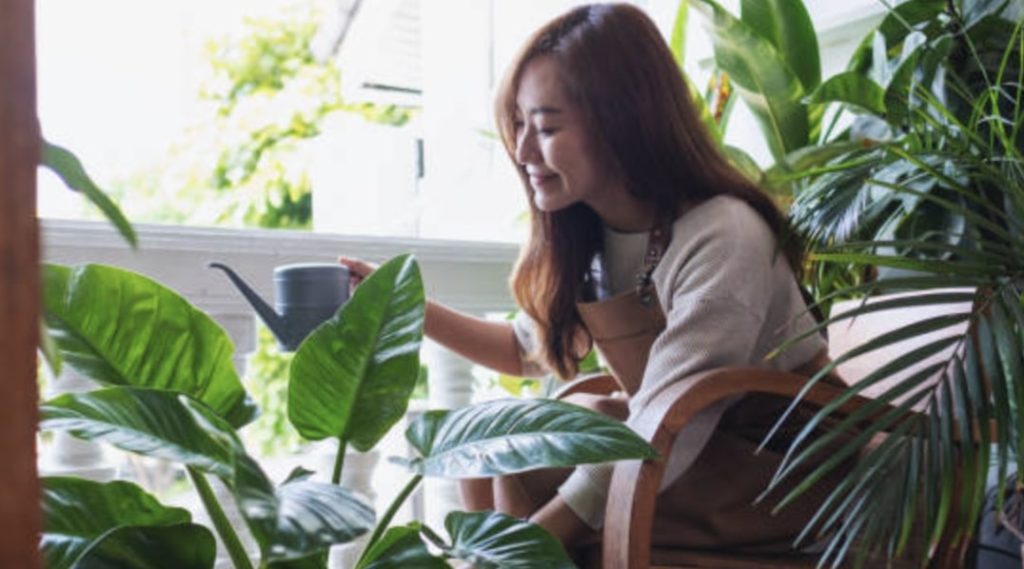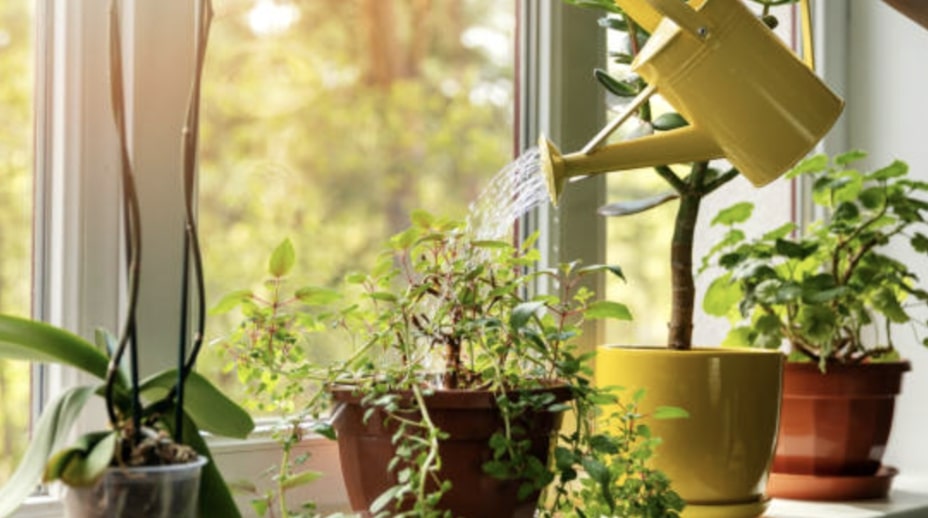If you live in an apartment and don’t appear to have much space, it doesn’t mean you can’t grow plants. “If there’s a will, there’s a way,” as the old saying goes.
Let’s discuss how to grow wonderful plants in your apartment today. With this guide, we hope you can have your own little garden to decorate and de-stress as well as give you some fresh air.
Things to Consider to Grow Apartment Plants
Below are the things that you need to think about to grow plants in your small apartment:
1) Location

First and foremost, you need to know the right place to put your plants in. They should have access to light because they need it to survive.
Here are your placement options:
- Windows
Do your windows receive any sunlight? If so, what kind of light: full or partial light?
Also, check for trees or awnings that block the sun from being absorbed by the plant.
Placing them on your windowsill enhances your room decor. Also, it saves space.
- Outdoor Area
You can place the plants in an outdoor area. It may be of different kinds, such as a balcony, porch, deck, or roof.
You need this space to give the plants a suitable temperature and humidity level to be in. Plus, you can create a compost pile to nourish your flowers and plants to help them grow.
Speaking of temperature and moisture, each plant has specific needs for them. For instance, succulent plants can thrive in hot conditions, while orchids prefer a damp environment like a bathroom.
Make sure to also consider the type of plant you’re growing and to do your research on its sunlight, moisture, and temperature requirements.
2) Sunlight
There’s no need to line all your plants in the same spot to get sunlight. You can maximize the light exposure of your plants through the following tricks:
- Mirrors
With a mirror, you can extend the light by reflecting it onto your other plants in the room. This will let your indoor plant grow normally like the ones directly receiving sunlight.
- Grow Lights
These are great devices if you don’t have much light at your home. Grow lights emit different colors that cater to a certain aspect of a plant’s growth.
In particular, red light facilitates the flowering and fruiting of the plant, whereas blue light assists in its root development and growth.
- Ordinary Light Bulbs
Aside from that, ordinary light bulbs will work as well, but don’t put the plants too close under them, as their leaves can burn as a result.
3) Watering

In addition to giving your plant some sun, they have to be watered regularly. This promotes their healthy structure and flowering.
Many plants need daily watering until their soil is moist. But other plant varieties only need to be watered once a month, such as snake plants, cacti, and other succulents.
You can check the moisture level of a plant anytime by sticking your finger in the soil. But it’s better that you stick to a watering routine to keep the plants healthy and hydrated all the time.
4) Soil
You should grow your plants in organic and well-drained soil. Regular soil from your backyard doesn’t have the essential nutrients to sustain your plant’s growth.
The soils of potted plants need to have more drainage than those planted in garden beds. And since potted plants get their nourishment from their soil, you have to add a bit of fertilizer or compost to it.
5) Container
We highly recommend growing potted plants if you live in an apartment. This allows you to transfer them easily to a conducive location for plant growth and protect them from frost.
You can use pots, baskets, window baskets, or hanging baskets, depending on your available space and the type of plant you’re growing.




